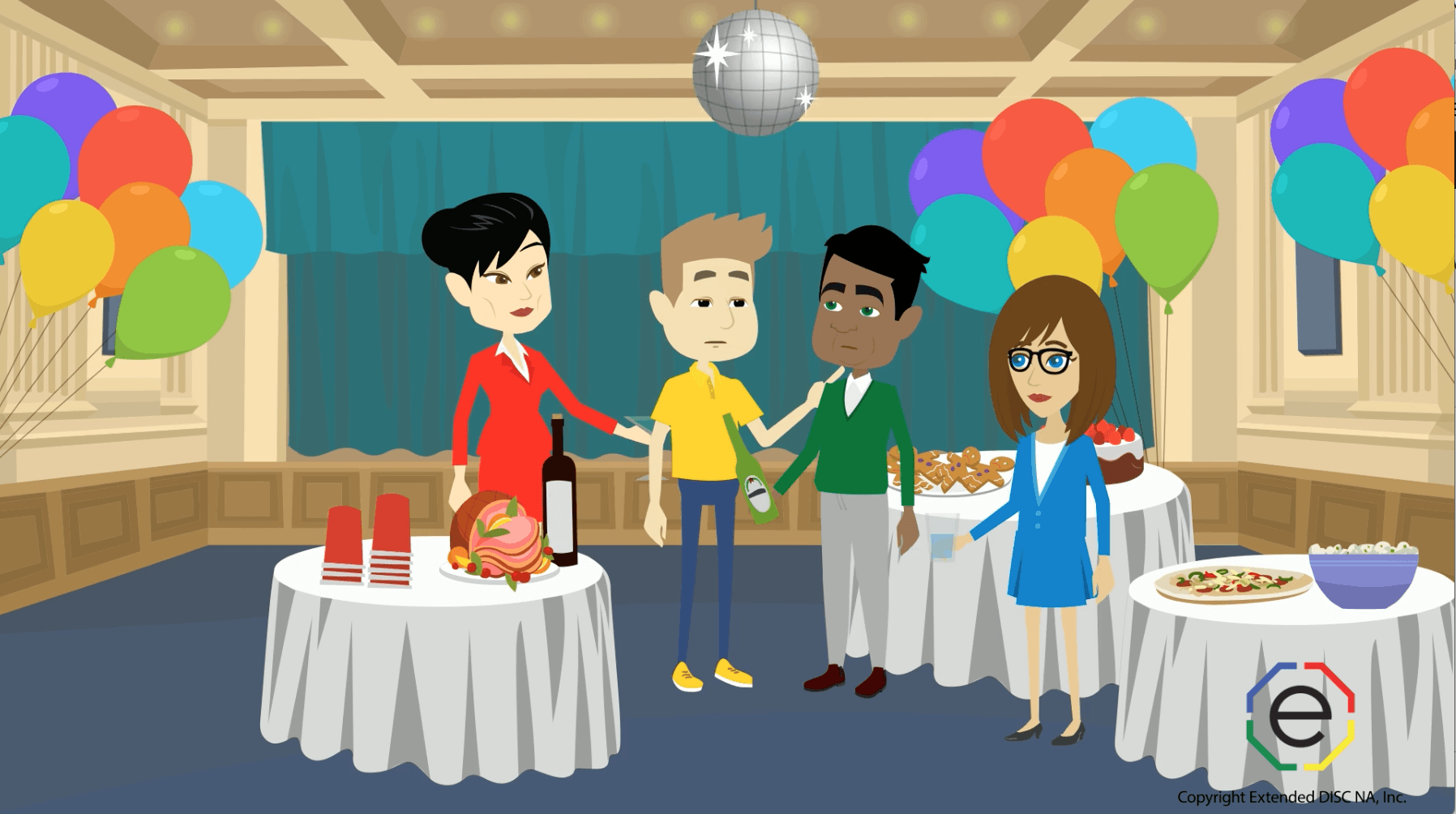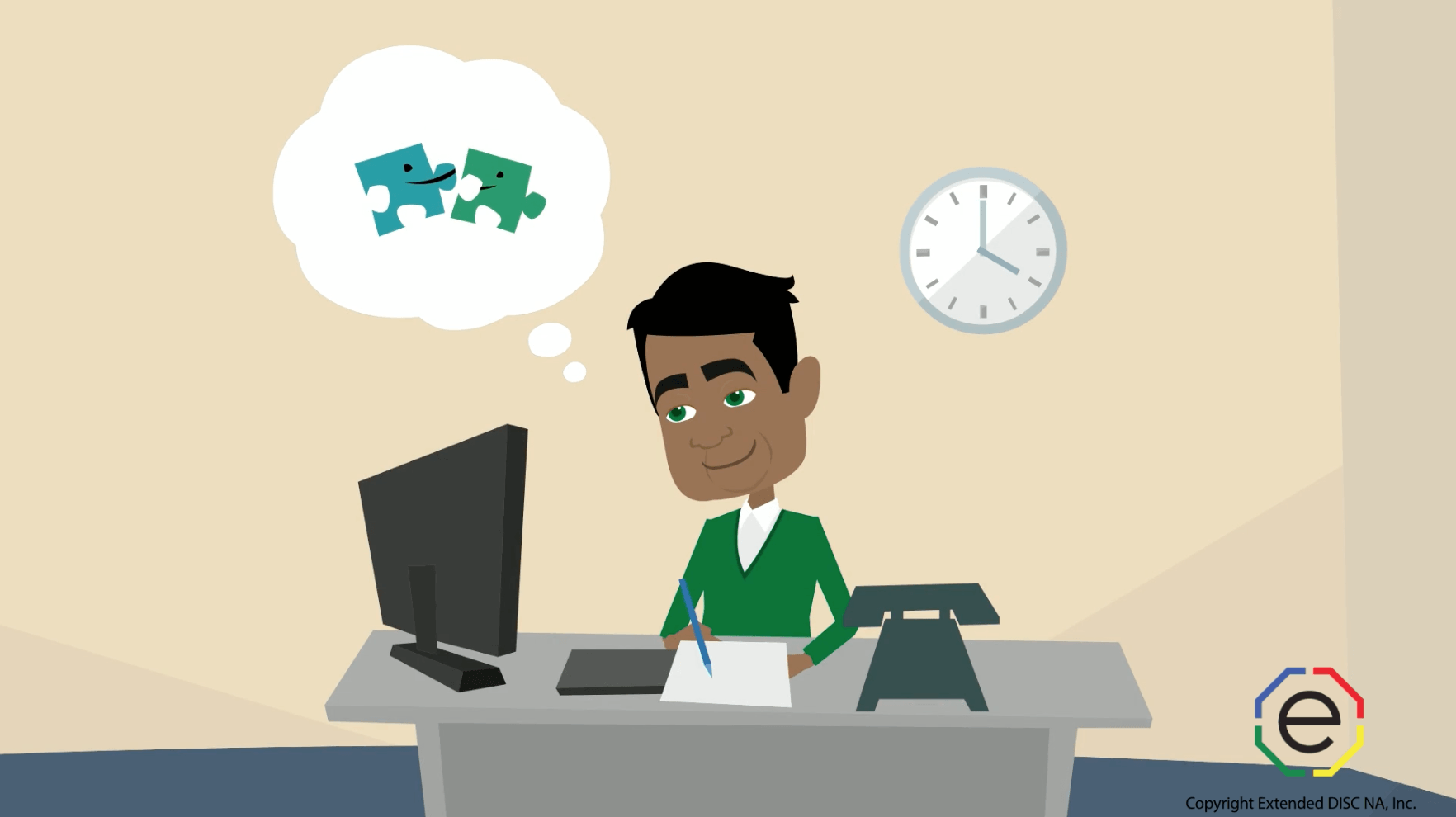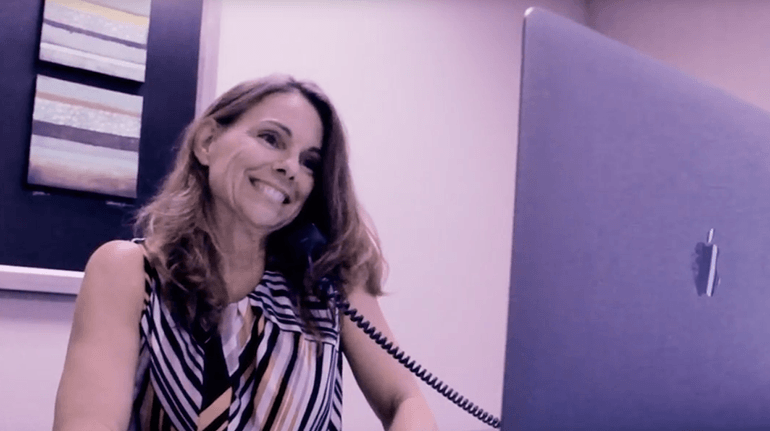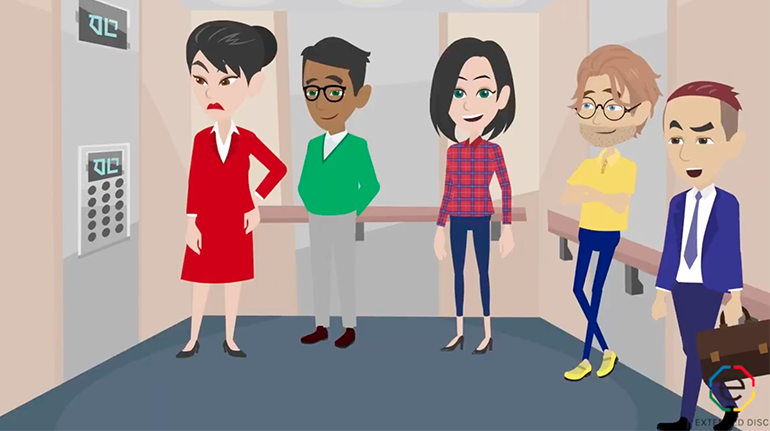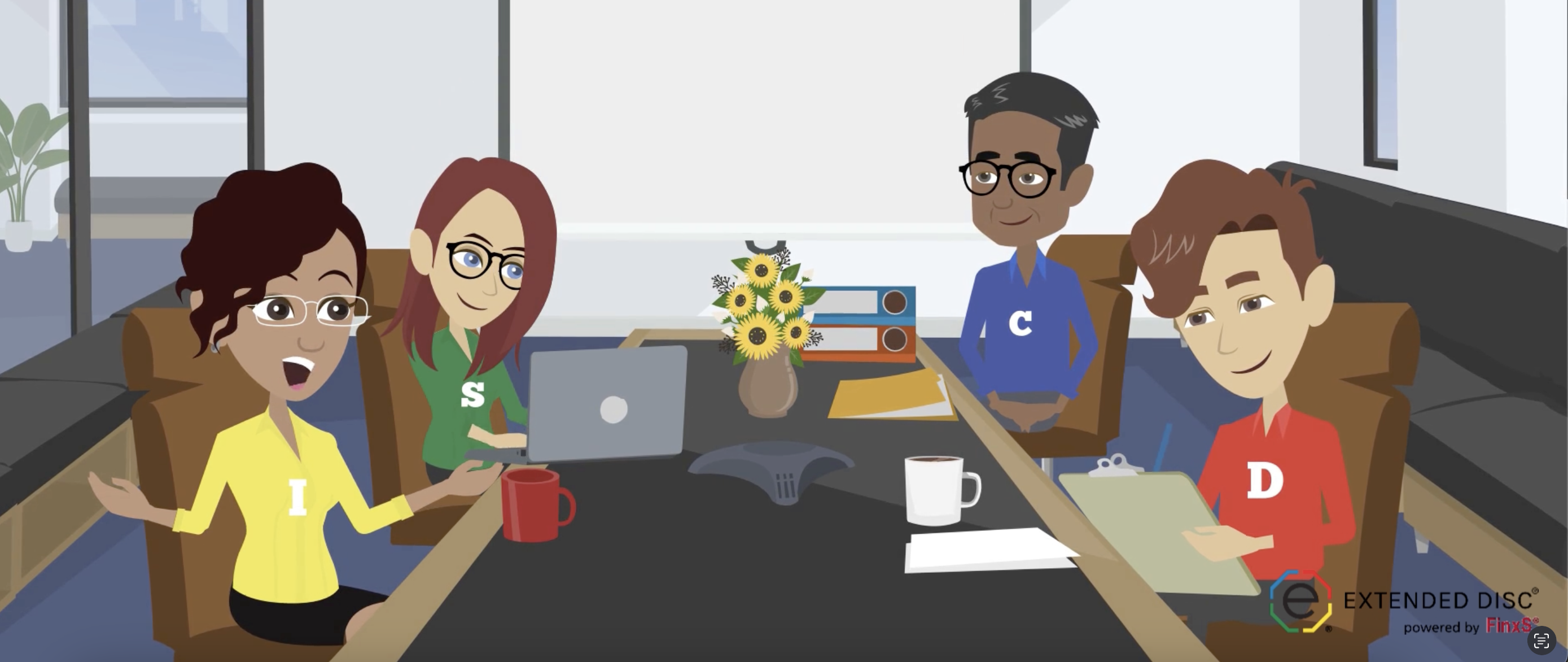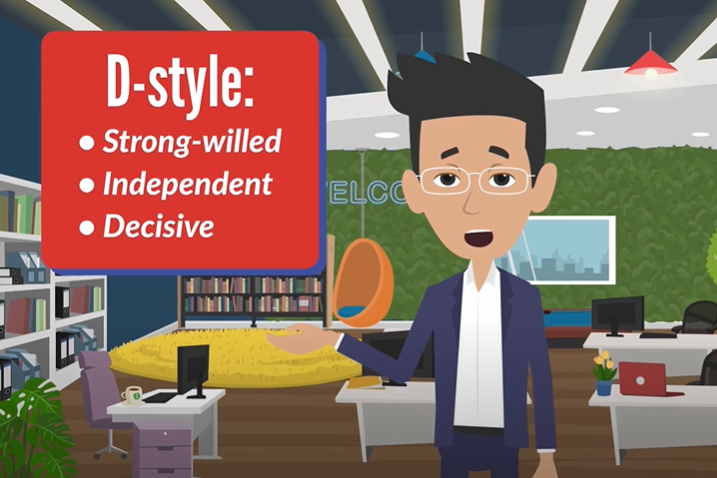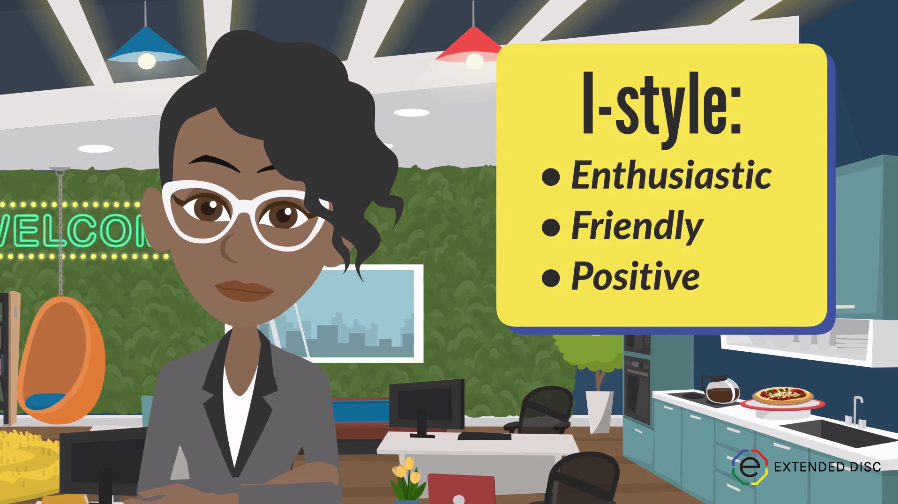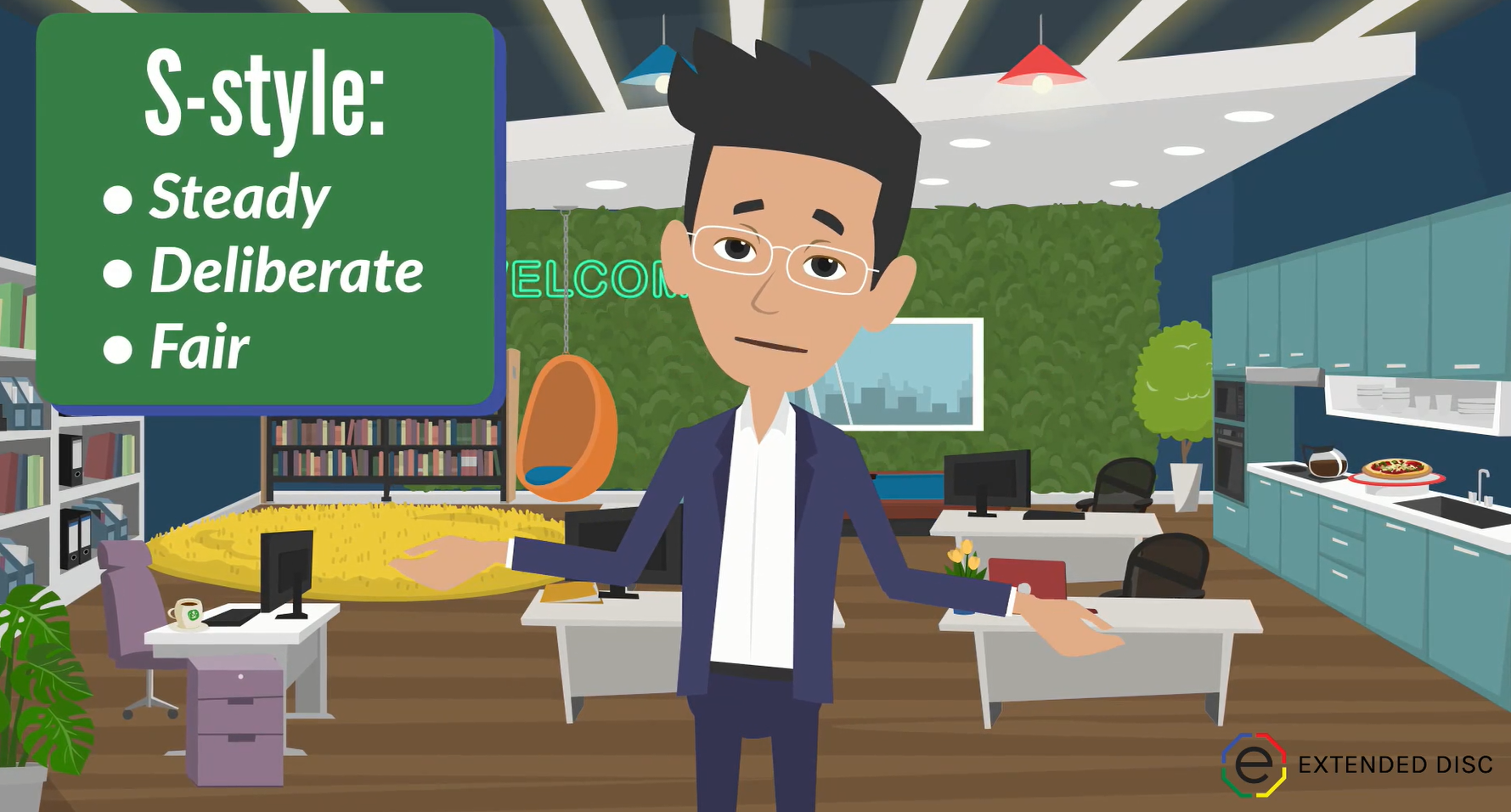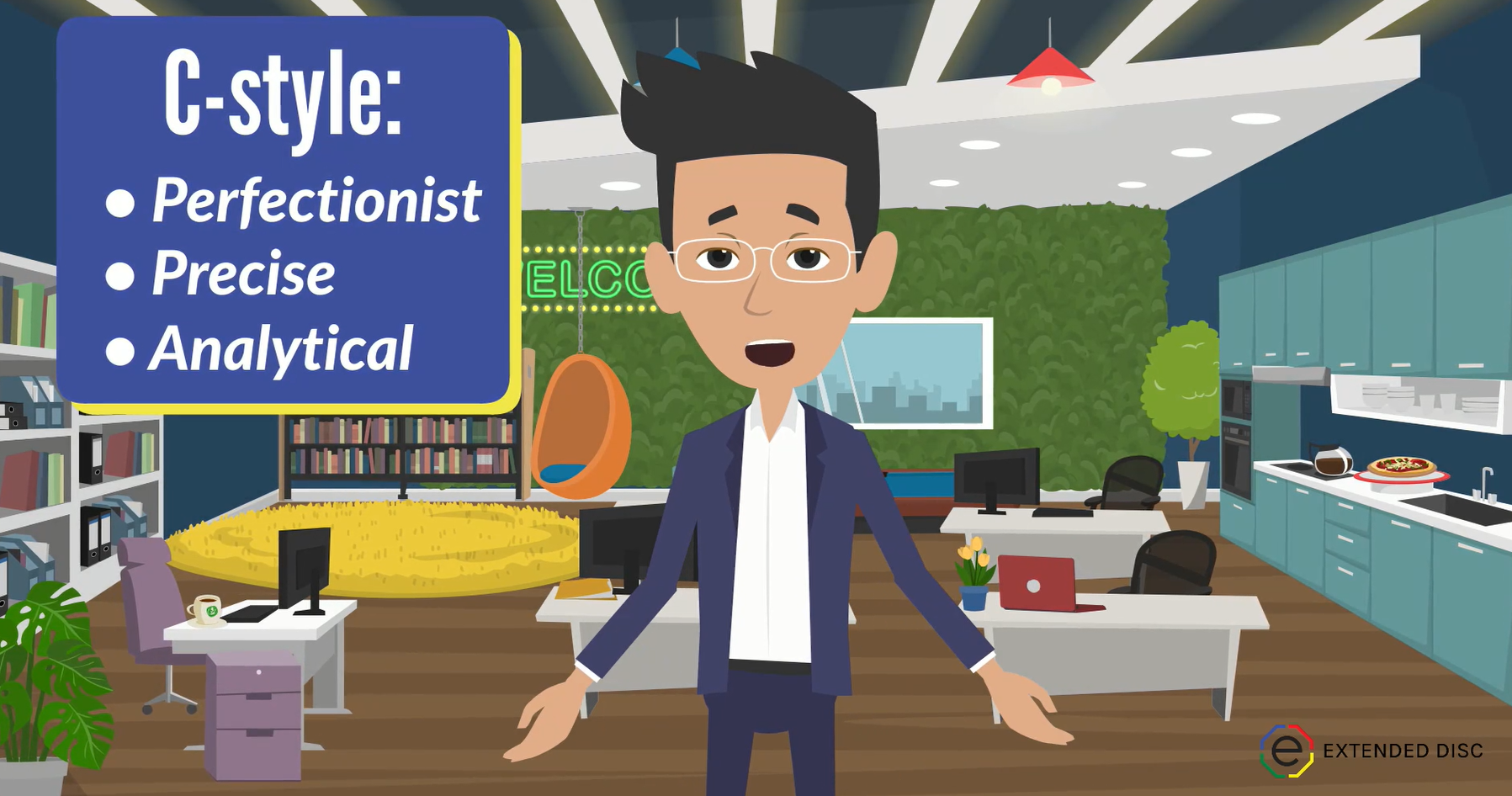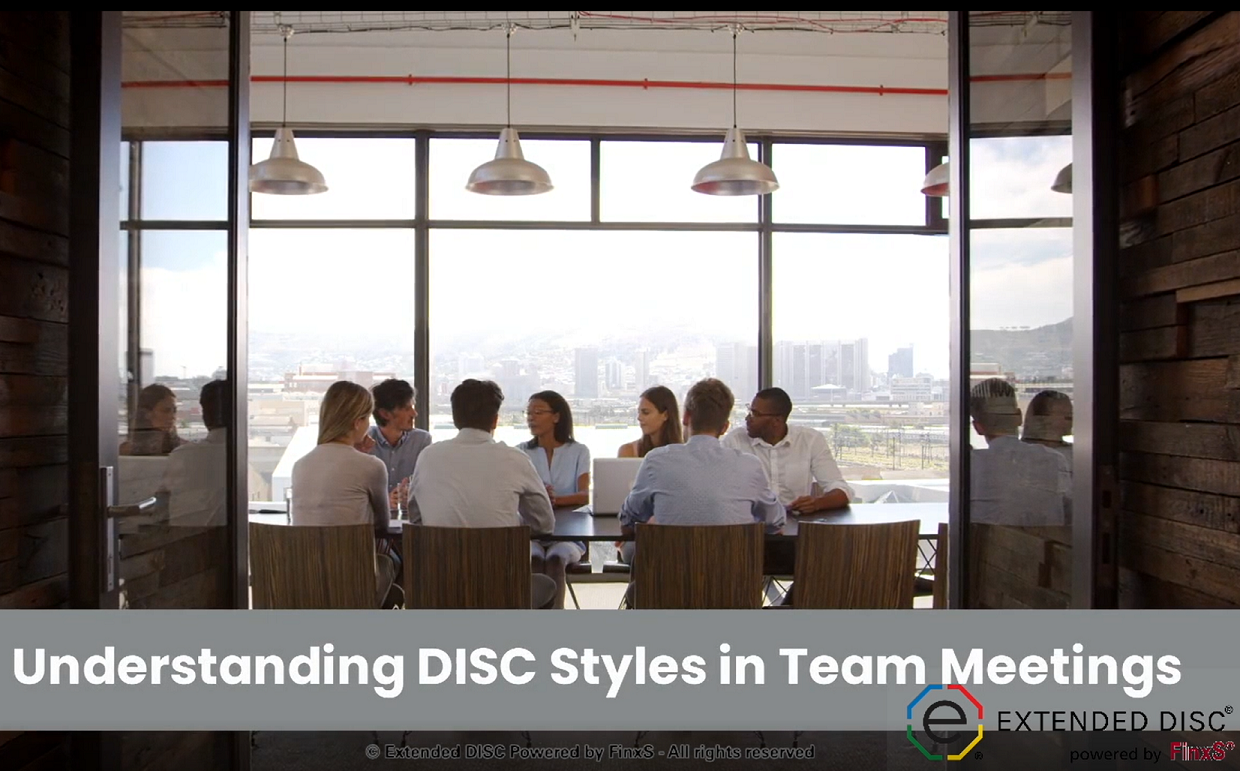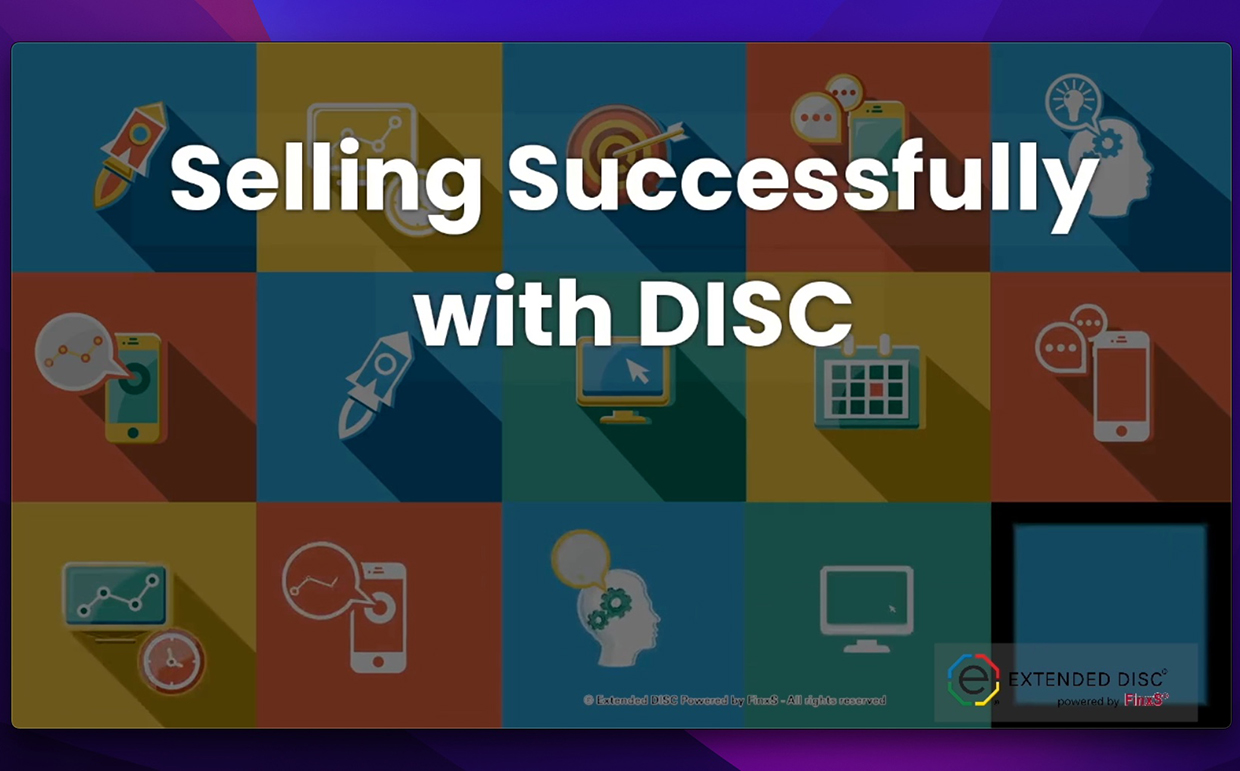Videos & Podcasts
Real DISCussions, Real Insights
Looking to dive deeper into the power of the DISC model? Check out our Extended DISC® DISCussions Podcast! Each episode explores real-life applications, success stories and practical tips to enhance communication, teamwork and personal growth. Whether you're a leader, manager, or just curious, you'll gain insights to better understand yourself and those around you.
Listen Now on Spotify
Training can be fun and effective with the right tools and creative content. Some methods of learning do not work for everyone. We have created a series of training videos to ramp up the public's understanding of Extended DISC, as well as improve the quality of training sessions on DISC. In these training videos you will learn key information on the four DISC Styles and the importance of DISC assessments towards everyday life. With these tools you can become one step closer in identifying the styles of others, and modify your behavior to improve communication.
D-styles behave in a manner that is direct, competitive, and strong willed. D-styles are task-oriented and active. D-styles communicate in a way that is blunt, and may be impatient listeners. D-styles decide quickly, but get over possible mistakes by keeping the big picture in mind. Under pressure, D-styles can be impatient and overbearing. D-styles succeed by taking risks and keeping others moving forward. This training video will give you the information you need to have a better understanding of how D-styles behave.
I-styles behave in a manner that is enthusiastic and energetic. I-styles are people-oriented and active. I-styles communicate in a way that is inspiring. I-styles make decisions based on their intuition and emotions. Under pressure, I-styles appear disorganized. I-styles succeed by being positive and generating discussion and new ideas. This training video will give you the information you need to have a better understanding of how I-styles behave.
S-styles behave in a manner that is steady and calm. S-styles are people-oriented and reserved. S-styles communicate in a way that is polite and they are patient listeners. S-styles make decisions slowly and consider the impact of their decisions on others. Under pressure, S-styles are too willing to help. S-styles succeed by being persistent and maintaining a long-term perspective. This training video will give you the information you need to have a better understanding of how S-styles behave.
C-styles behave in a manner that is systematic and cautious. C-styles are task-oriented and reserved. C-styles prefer written communication. C-styles are focused on making correct decisions. Under pressure, C-styles are perceived as nit-picky, but they are even more critical of themselves. C-styles succeed by focusing their efforts on the task at hand. This training video will give you the information you need to have a better understanding of how C-styles behave.
How are DISC styles different? A person’s DISC profile does not limit what he/she can accomplish or how successful he/she can be. It simply predicts how he/she tends and prefers to do things. Here’s an example of how each of the 4 DISC style employees might respond when they receive a call from their boss.
How are DISC styles different? A person’s DISC profile does not limit what he/she can accomplish or how successful he/she can be. It simply predicts how he/she tends and prefers to do things. Here’s an example of how each of the 4 DISC style employees might respond when they receive a call from their boss.
Extended DISC measures how we do things. How we communicate, how we lead, and how we sell. It’s something that we can never escape. It’s our true hard-wired behavioral styles. Here’s an example of how each of the 4 DISC styles might respond in an elevator example.
Extended DISC measures how we do things. How we communicate, how we lead, and how we sell. It’s something that we can never escape. It’s our true hard-wired behavioral styles. Here’s an example of how each of the 4 DISC styles might respond in an elevator example.
Dominance, Influence, Steadiness, Correctness. Each one of us falls into one or more of these DISC behavioral styles, and we probably have some pre-judgments as to what each one of them means. But, are you right? Watch this video and do some myth-busting to separate fact from fiction.
The workplace is filled with different DISC-styles. While the diversity of your team can be a huge asset, it can also be a huge headache if you can’t effectively communicate with each other. Understanding your DISC-style can help you bring the best version of yourself to work every day … and foster a harmonious and productive work environment. In this video, we’re going to explore the D-style … Dominance … to give you an understanding of how this style is likely to respond in certain situations. Then, we’ll look at how through awareness and small modifications, D’s can transform a negative situation into a successful outcome. Let’s take a look.
Your workplace is likely filled with many different DISC styles. While it certainly keeps things lively and dynamic, the differences in DISC styles can create tension and conflict which can make work life challenging. This video explores the I…Influence… DISC style. We’re going to see how the I likely will communicate. You’ll see what works…what doesn’t…and how small modifications can help the I be more effective and successful with their communication. Let’s take a look!
Diversity in the workplace is invaluable! With more perspectives and work styles, your team and organization gains new ideas and better ways to serve customers. But, navigating different DISC styles is not easy. By taking the time to learn about DISC styles and how they work together, you’ll be on the path to building effective working relationships. This video explores the S…Steadiness…DISC style. You’ll learn how the S interacts with their colleagues and their strengths and development areas. You’ll also see how small modifications can help S communicate better and become an invaluable team asset. Let’s take a look!
Work environments are unique and dynamic. The larger the company, the more DISC styles you’ll encounter. A key to building a successful and harmonious workplace lies in understanding the different styles and how they communicate with one another. This video will explore C…Conscientiousness…DISC style. You’ll learn how the C interacts with their colleagues and their unique strengths and development areas. You’ll also see how small modifications can improve C’s communication and influence with their peers. Let’s take a look.
Wouldn’t it be great if we knew which DISC style makes the best leader? Discover how DISC identifies the unique behavioral strengths and challenges inherent in each leadership style.
Successful teams achieve their goals through collaboration. However, each team member's DISC style identifies different preferences for listening, giving feedback, and communicating. Understanding and adjusting to these styles can enhance interactions and improve team productivity.
Ready to make positive changes in your interactions? Here are five valuable tips to understand and apply your Extended DISC® Assessment results.
Learn how DISC provides information on how to adapt your sales approach to match your buyer’s style, helping you connect better and have more successful outcomes.
The Sales Excuse Index is a metric indicating the percentage of time that sales professionals spend on non-sales activities. The average index in the U.S. is 35%, meaning salespeople typically spend 65% of their time on sales-related activities. Learn how to achieve a lower index, leading to greater focus on sales tasks and improved performance.
Contact us to Discuss Purchasing a DISC Assessment!
